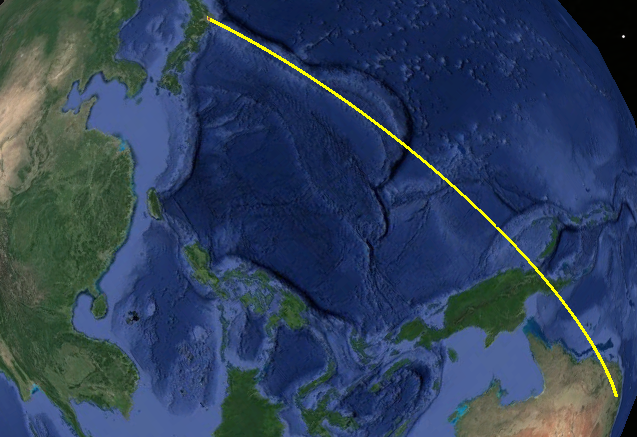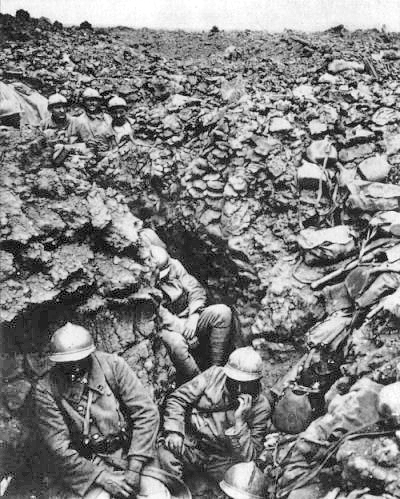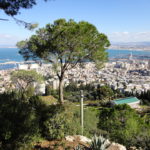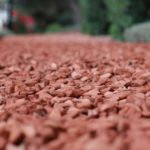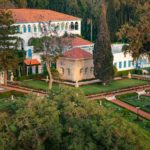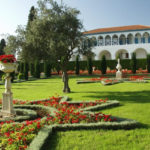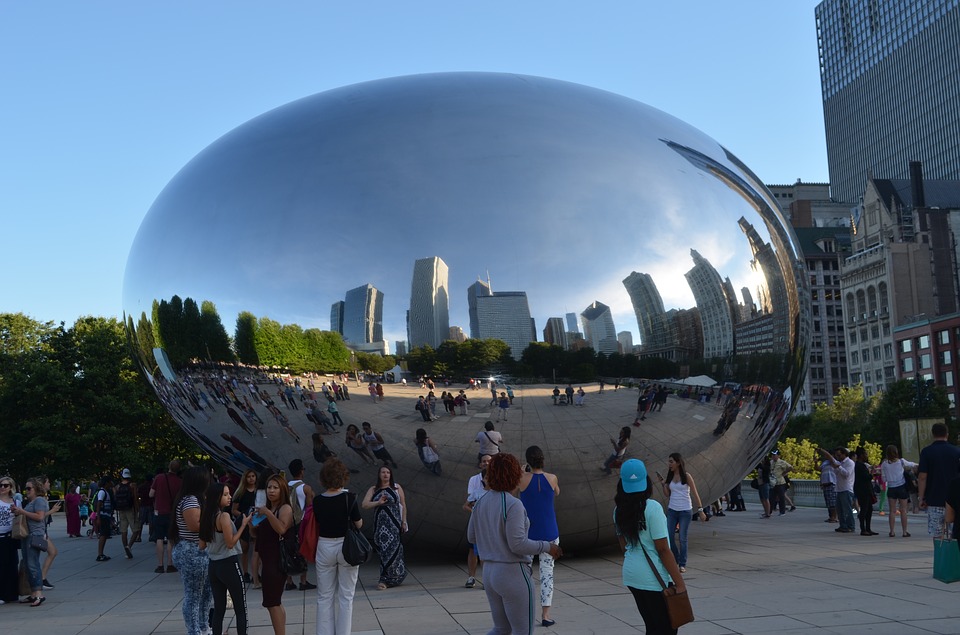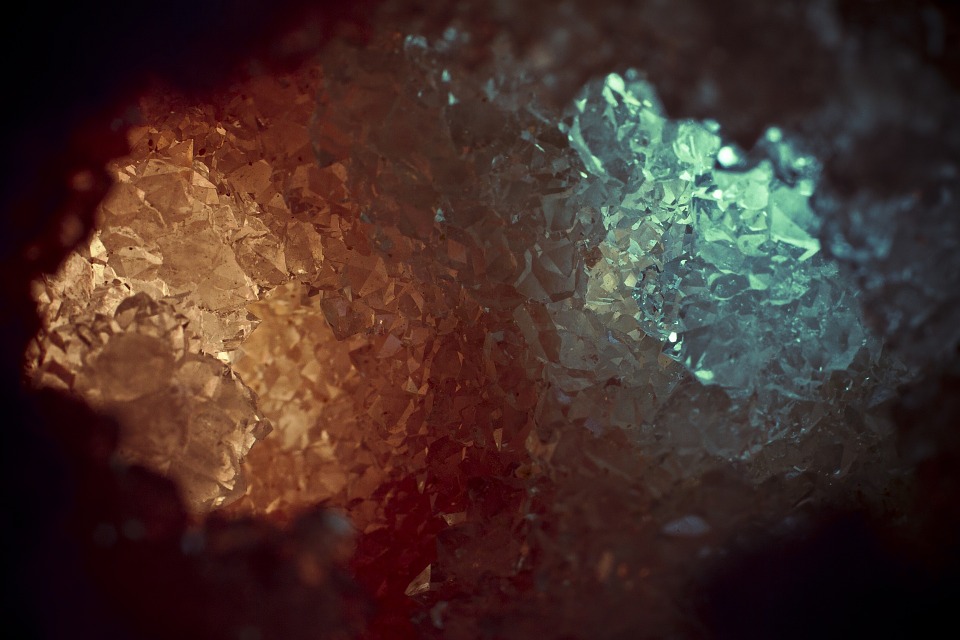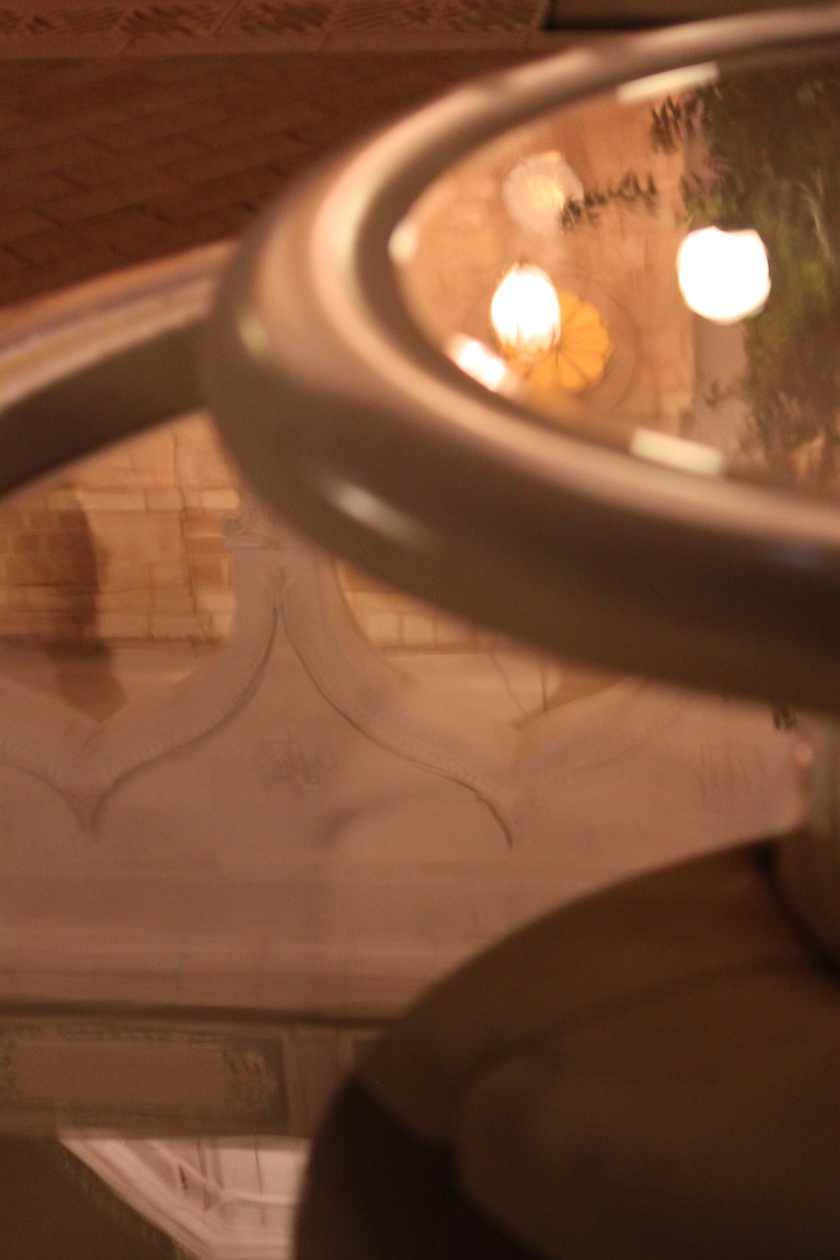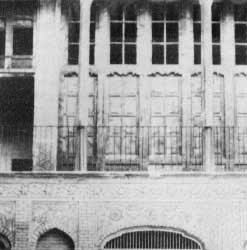
The House the Prince Wanted to Build
 After Bahá’u’lláh had returned to Baghdad from his two years of withdrawal to the mountains of Kurdistan, he lived in a house close to the western bank of the Tigris River. This was the period when increasingly the Babi community began to turn to Bahá’u’lláh.
After Bahá’u’lláh had returned to Baghdad from his two years of withdrawal to the mountains of Kurdistan, he lived in a house close to the western bank of the Tigris River. This was the period when increasingly the Babi community began to turn to Bahá’u’lláh.
Although he had not announced his mission, his writings and presence attracted the remnants of the followers of the Bab to him. During this period Bahá’u’lláh wrote works such as the Hidden Words and the Book of Certitude. The home where Bahá’u’lláh lived, a modest dwelling:
become the focal center of a great number of seekers, visitors and pilgrims, including Kurds, Persians, Arabs and Turks, and … from the Muslim, the Jewish and Christian Faiths.[1]
An increasing stream of visitors arriving from Persia carried back with them news of Bahá’u’lláh’s wisdom, his writings and the lasting impression Bahá’u’lláh made upon them. Local officials and representatives of foreign missions became increasingly attracted to him, turning to him for counsel and offering their protection (an offer Bahá’u’lláh declined). Bahá’u’lláh’s influence on the demoralised and undisciplined remnant of the Bab’s followers was profound.
We revealed, as a copious rain, Our verses, and sent them to various parts of the world. We exhorted all men, and particularly this people, through Our wise counsels and loving admonitions, and forbade them to engage in sedition, quarrels, disputes or conflict.[2]
An impression of those times has been left by Nabil-i-Zarandi who wrote:
The room of [Bahá’u’lláh’s house] … set apart for the reception of Bahá’u’lláh’s visitors, though dilapidated, and having long since outgrown its usefulness, vied, through having been trodden by the blessed footsteps of the Well Beloved, with the Most Exalted Paradise. Low-roofed, it yet seemed to reach to the stars, and though it boasted but a single couch, fashioned from the branches of palms, whereon He Who is the King of Names was wont to sit, it drew to itself, even as a loadstone, the hearts of the princes.[3]
One such prince, a grandson of a former Shah of Persia, was so affected by being in this space, that he told those around him that when he returned home he would build an exact replica of the house. Whether he went on to build the replica is not recorded — though Bahá’u’lláh observed that whatever he built could not replicate the spirit that he found in that place.
Nabil provides a further description:
Many a night no less than ten persons subsisted on no more than a pennyworth of dates. No one knew to whom actually belonged the shoes, the cloaks, or the robes that were to be found in their houses. Whoever went to the bazaar could claim that the shoes upon his feet were his own, and each one who entered the presence of Bahá’u’lláh could affirm that the cloak and robe he then wore belonged to him. Their own names they had forgotten, their hearts were emptied of aught else except adoration for their Beloved.… O, for the joy of those days, and the gladness and wonder of those hours![4]
This house in Baghdad holds such a special place in the memory and birth of the Baha’i Faith that Bahá’u’lláh designated it as a place of pilgrimage for his followers.
Epilogue
In 2013, in an act of religious vandalism, and contrary to the law of Iraq, which protected the house under its heritage laws, Bahá’u’lláh’s house was demolished and another religious building raised over its site. The Universal House of Justice wrote words of comfort to the Baha’i community:
Bahá’u’lláh foresaw that the Most Great House would be subjected to terrible indignities, … In a moving apostrophe addressed to that House, [Bahá’u’lláh] asserted: “God hath, in the world of creation, adorned thee with the jewel of His remembrance. Such an ornament no man can, at any time, profane.” He gave a promise, too, that, … “In the fullness of time, the Lord shall, by the power of truth, exalt it in the eyes of all men. He shall cause it to become the Standard of His Kingdom, the Shrine round which will circle the concourse of the faithful.”
Image: From Nabil’s Narrative, extract of view of Bahá’u’lláh’s house in Baghdad.
(This article is the 122nd in a series of what I hope will be 200 articles in 200 days for the 200th anniversary of the birth of Bahá’u’lláh. The anniversary is being celebrated around the world on 21 and 22 October 2017, The articles are simply my personal reflections on Bahá’u’lláh’s life and work. Any errors or inadequacies in these articles are solely my responsibility.)
